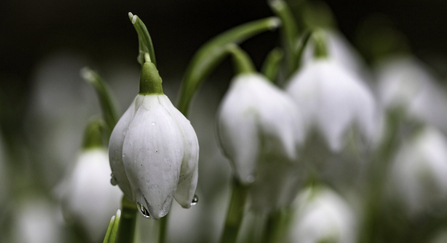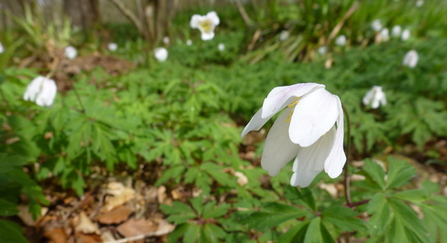Glimpsing your first burst of colour peeking through the soil heralds the arrival of spring and brighter days to come.
This year, the first signs of spring have been more eagerly awaited than any other. Here are four of our favourite early spring flowers for you to look out for on your local walks!





